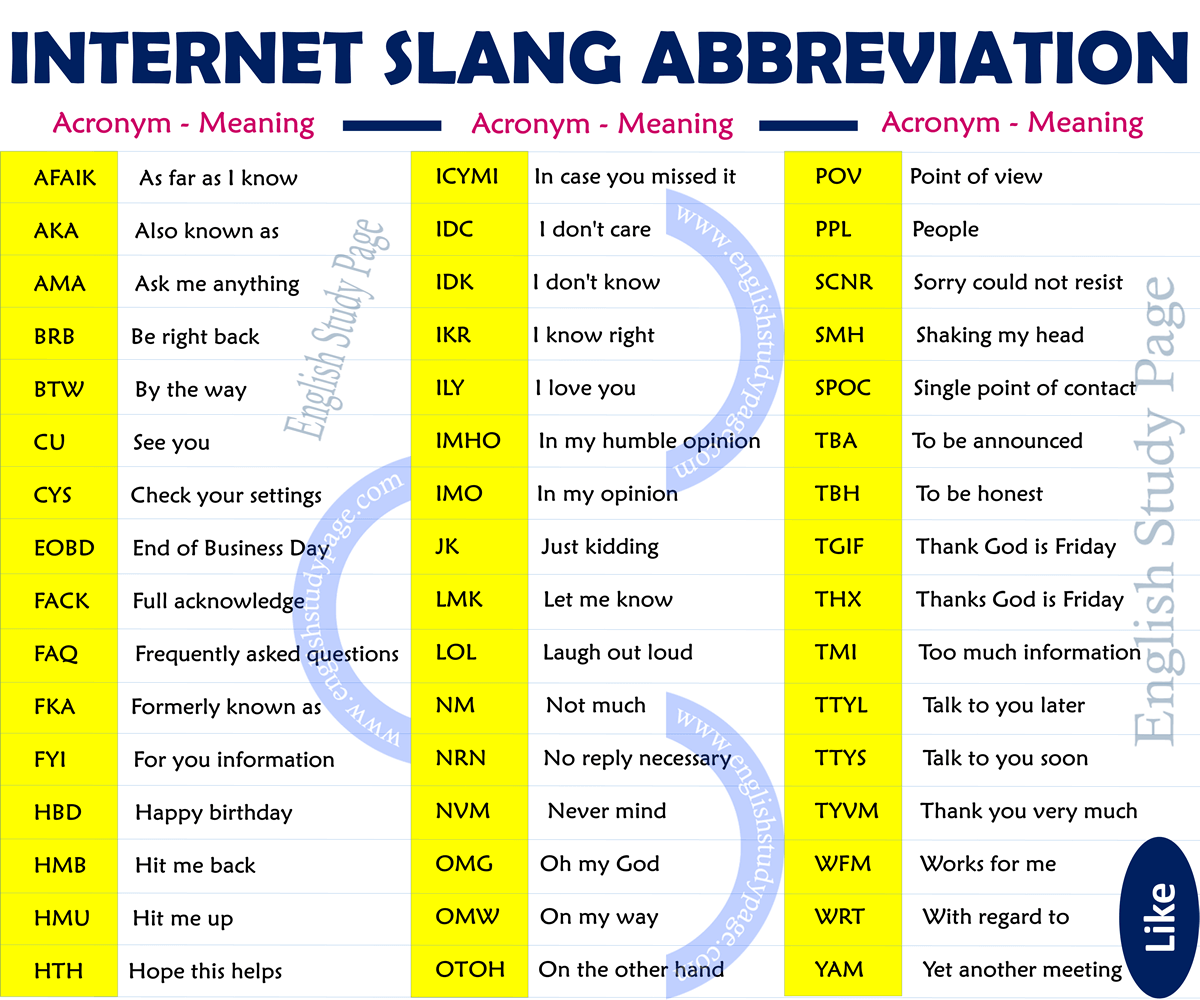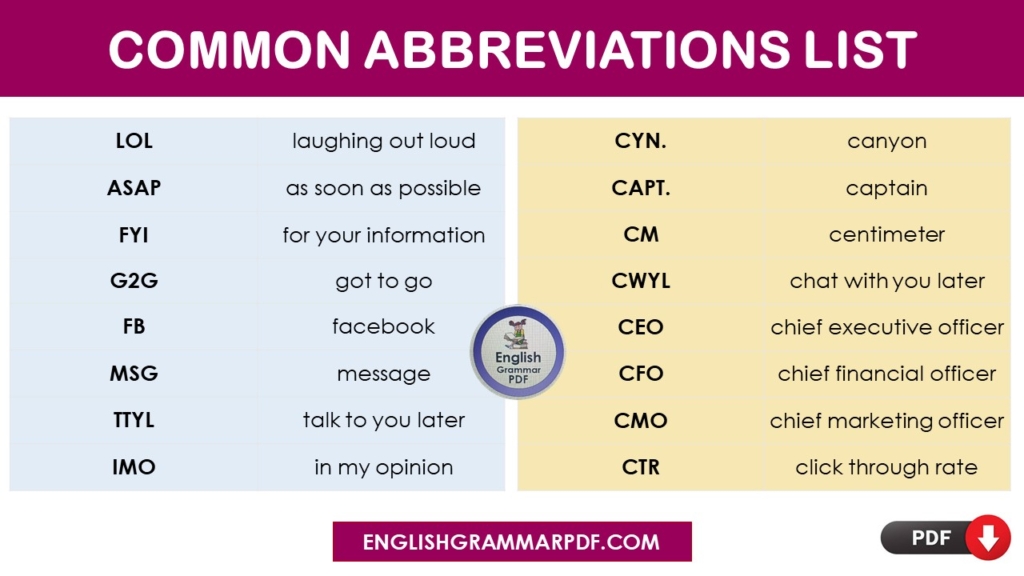
In the Early Modern English period, between the 15th and 17th centuries, the thorn Þ was used for th, as in Þ e ('the'). Warden of Merton College, University of Oxford in Registrum Annalium Collegii Mertonensis, 1503. And wherɔ y wrot to you the last wyke that y trouyde itt good to differrɔ thelectionɔ ovɔ to quīdenaɔ tinitatis y have be thougħt me synɔ that itt woll be thenɔ a bowte mydsomɔ.

While this may seem trivial, it was symptomatic of an attempt by people manually reproducing academic texts to reduce the copy time. For example, sequences like ‹er› were replaced with ‹ɔ›, as in ‹mastɔ› for master and ‹exacɔbate› for exacerbate. At first, abbreviations were sometimes represented with various suspension signs, not only periods. The standardisation of English in the 15th through 17th centuries included such a growth in the use of abbreviations. Manuscripts of copies of the old English poem Beowulf used many abbreviations, for example the Tironian et ( ⁊) or & for and, and y for since, so that "not much space is wasted". (For example, ⟨A⟩ can be an abbreviation for many words, such as ager, amicus, annus, as, Aulus, Aurelius, aurum and avus.)" Ībbreviations in English were frequently used from its earliest days. However, "some could have more than one meaning, depending on their context. In Roman inscriptions, "Words were commonly abbreviated by using the initial letter or letters of words, and most inscriptions have at least one abbreviation". In both Greece and Rome the reduction of words to single letters was common. This might be done to save time and space, and also to provide secrecy. Examples of contractions are "li'l" (for "little"), "I'm" (for "I am"), and "he'd've" (for "he would have").Ībbreviations have a long history, created so that spelling out a whole word could be avoided. Often, but not always, the contraction includes the first and last letters or elements. Consequently, contractions are a subset of abbreviations. FBI ( /ˌɛf.biːˈaɪ/), USA ( /ˌjuː.ɛsˈeɪ/), IBM ( /ˌaɪ.biːˈɛm/), BBC ( /ˌbiː.biːˈsiː/)Ī contraction is a reduction in size of a word or phrase made by omitting certain of its letters or syllables.

: p167Ī initialism is an abbreviation pronounced by spelling out each letter, i.e.

3.4 Conventions followed by publications and newspapers.


 0 kommentar(er)
0 kommentar(er)
